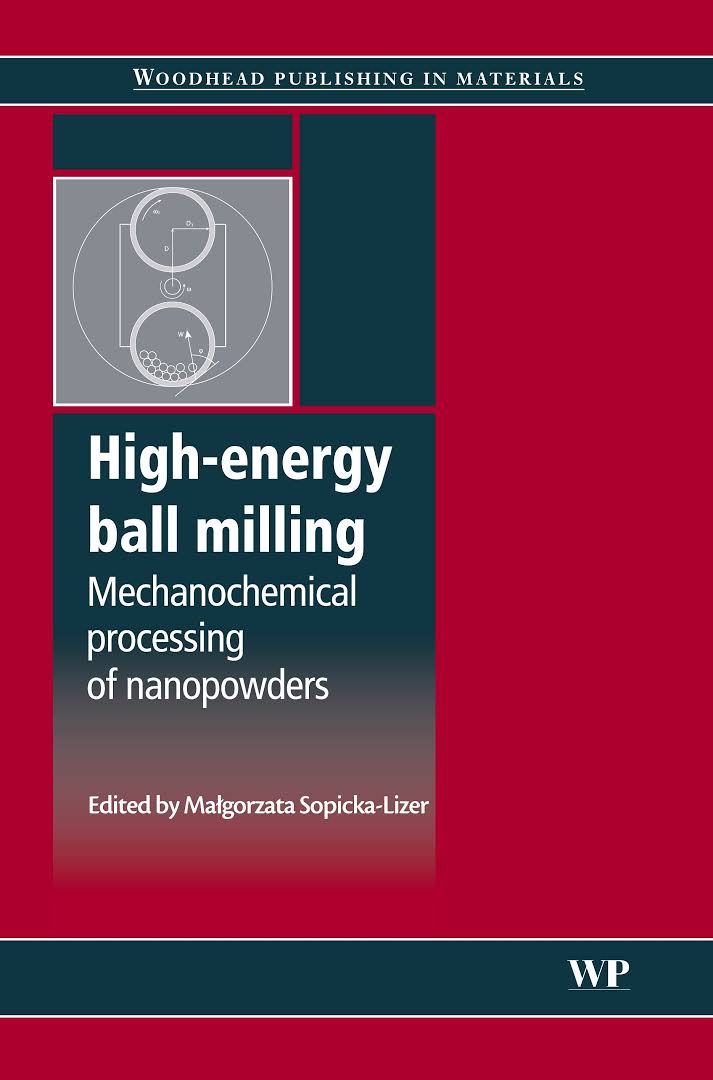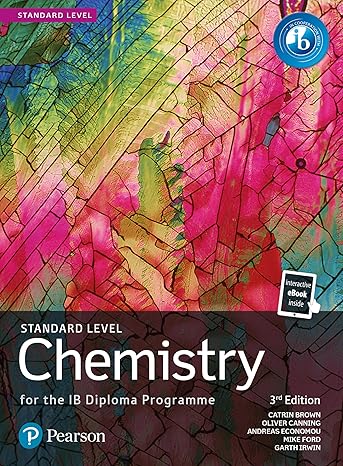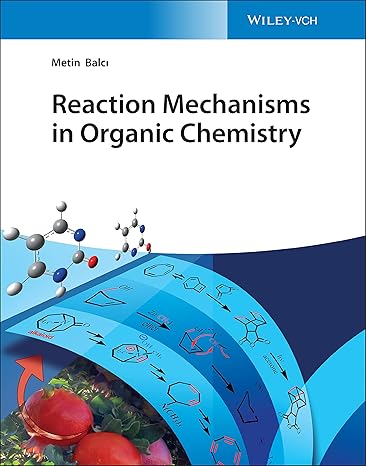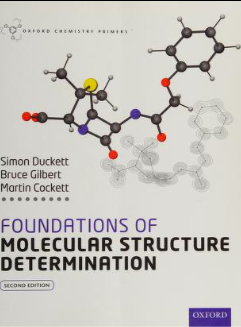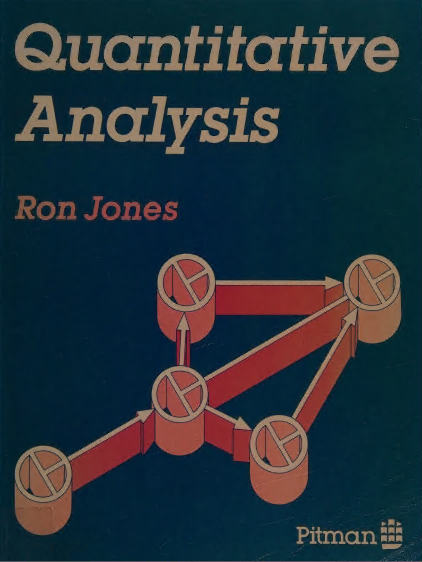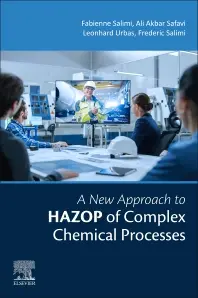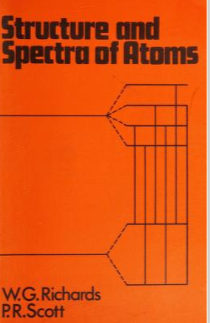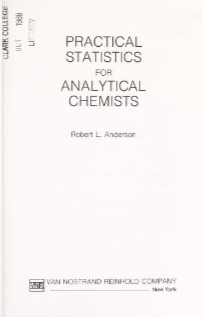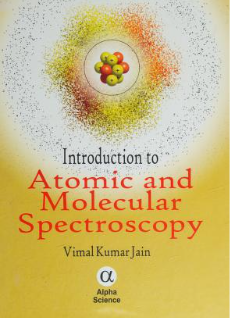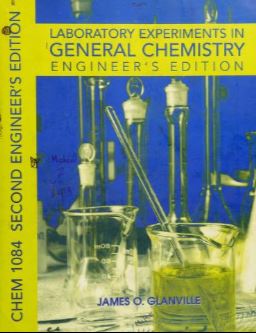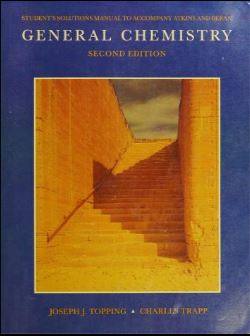Mechanochemical processing (MCP) can be defined as ‘a powder process- ing technique involving deformation, fracturing and cold welding of the particles during repeated collisions with a ball during high-energy milling’. Using mechanical energy to grind down various materials dates back to the beginning of human history and the application of flints to make a fire can be seen as an example of a mechanochemical treatment of materials. However, throughout the centuries, mechanical milling only involved dimi- nution of particles without changing their structure and/or properties. The effect of chemical reactions initiated by mechanical action was found at the end of 19th century when Carey Lea first reported that the halides of gold, silver, platinum and mercury decomposed to halogen and metal during fine grinding in a mortar (Carrey Lea, 1893). His paper was pub- lished just after Ostwald introduced the term mechanochemistry in 1891. Heinicke’s much later definition (Heinicke, 1984) that ‘mechanochemistry is a branch of chemistry which is concerned with chemical and physico- chemical transformation of substances in all states of aggregation produced by the effect of mechanical energy’ has been widely accepted. Since then the main applications of mechanochemical treatment of mate- rials were found initially within the field of extractive metallurgy, where the process was used as a pretreatment step prior to leaching and extraction in order to increase the solubility of the minerals in question. The application of this rather simple technique to manufacturing advanced materials was driven by the industrial necessity to develop an alloy combining oxide- dispersion strengthening (ODS) with γ′-precipitation hardening in a nickel- base superalloy intended for gas turbine applications. Benjamin’s work in the late 1960s showed that mechanochemical alloying (MA) must be used 2 High-energy ball milling © Woodhead Publishing Limited, 2010 when ordinary dispersion of oxide particles in liquid metal is not possible (Benjamin, 1970). The majority of the further work on development and production of ODS superalloys for application in the aerospace industry was done in the INCO laboratories in the USA (Ivanov and Suryanarayana, 2000). This is pres- ently the major user of the MA process in the commercial production of nickel or iron-based high-temperature alloys which can be used at operating temperatures higher than 1300°C in carburizing or sulphidizing environ- ments (Benjamin, 1970). Another spectacular example of commercial application where mechanochemically alloyed powders of Mg and Fe were used as heaters of MRE (meal, ready-to-eat), comes from their intensive use during the Desert Storm Operation by the USA in 1996 (Ivanov and Suryanarayana, 2000). On the other side of the world, in the former USSR, intensive studies on the application of mechanochemical processes in mineral and waste large- scale processing resulted in several practical applications including treat- ment of tungsten-containing ore which was introduced at the Chirchik Plant or production of amalgam for children’s dentistry which was introduced at the Nikolsky Plant (Boldyrev, 2002). Development of unique grinding equipment in a variety of scales broadened the range of practical applica- tions and new types of materials are being researched all over the world. Since 2000, more than 1500 scientific papers in the field of mechanochem- istry have been published every year (Ivanov and Suryanarayana, 2000) and excellent reviews and monographs are available (Suryanarayana, 1999, 2004, 2008; Tkacova, 1989; Gutman, 1998; Arzt and Schultz, 1989; Barba- dillo, 1993; Lai and Lu, 1998; Avvakumov, 1986). However, great develop- ments in the technique itself and the accompanying milling devices have brought about new applications of MCP, broadening the range of the new materials and opening up new perspectives. There has been considerable interest in updating and summarizing existing knowledge of MCP. Mechanochemical processes use mechanical energy to activate chemical reactions and structural changes as well as particle size reduction. Under the action of cyclic loading, after breaking crystal bonds, MCP engages powder particles into a non-equilibrium state with a relaxation time of 10−7–10−3 s (Meyer and Meier, 1968). Comparison with other far from equi- librium processes (Table 1; Froes et al., 1995) shows that departure from equilibrium in MCP is faster than in rapid solidification. In addition, some long-lived defects with a lifetime of 10−3–106 s can be generated because of the solid imperfections and even if relaxed, the residual disorder remains in the activated material (Meyer and Meier, 1968). The mechanism of particle failure changes with the particle size and the structure of the particles undergoing grinding. A change in the accumulated energy relaxation from fracture to plastic deformation results in a dramatic Introduction to mechanochemical processing 3 © Woodhead Publishing Limited, 2010 increase in the strain followed by an extreme dislocation flow. Accordingly, the elastic strain energy transforms into elastic energy in the lattice defects and into structural disordering or it can be relaxed by the fracture of brittle material or crystallographic lattice rearrangement in polymorphic transfor- mation. If more than one component is under the action of ball/powder particles collisions, then relaxation occurs by mechanical alloying, decom- position or synthesis of a new chemical compound. Thus stress, deformation and fracture initiate changes in the solids while the type and capacity of the changes involved remain a function of material’s properties (lattice bonds and crystal structure, elastic modulus, particle surface properties) and stress conditions in a milling device (the magnitude and direction of acting forces, stress rate and frequency of loading). It appears that the increase in energy of the milled powder caused by the increased volume fraction of grain boundaries and lattice disordering raises the free energy above the level of the amorphous state. A unique feature of a mechanochemically activated mixture of powders is formation of numerous reaction couples which increase with decreasing particle size and regenerate through repeated particle fracture and welding events. What is even more important, the reaction product phase does not separate the reactants as happens in ordinary chemical reactors since con- tinuous product phase removal takes place during ball/powder particles collisions. Lack of a diffusion barrier in the reacting couples as well as for- mation of various defects acting as the fast diffusion paths overcomes the problem of the diffusion as the rate-controlling process. Consequently, the reaction can proceed with acceptable kinetics without the necessity of raising the reaction temperature. Therefore, several solid phase chemical reactions or alloying reactions occur at ambient temperature during MCP or they could easily proceed for the duration of the subsequent thermal treatment if necessary.
چکیده فارسی
فرآوری مکانیکی شیمیایی (MCP) را می توان به عنوان "یک تکنیک پردازش پودر شامل تغییر شکل، شکستگی و جوش سرد ذرات در طی برخوردهای مکرر با یک توپ در طول آسیاب با انرژی بالا" تعریف کرد. استفاده از انرژی مکانیکی برای خرد کردن مواد مختلف به ابتدای تاریخ بشر برمیگردد و استفاده از سنگ چخماق برای ایجاد آتش را میتوان نمونهای از عملیات مکانیکی شیمیایی مواد دانست. با این حال، در طول قرنها، آسیاب مکانیکی فقط شامل کاهش ذرات بدون تغییر ساختار و/یا خواص آنها بود. اثر واکنش های شیمیایی آغاز شده توسط عمل مکانیکی در پایان قرن نوزدهم زمانی که کری لی برای اولین بار گزارش داد که هالیدهای طلا، نقره، پلاتین و جیوه در طی سنگ زنی ریز در ملات به هالوژن و فلز تجزیه می شوند، پیدا شد (کری لی، 1893). . مقاله او درست پس از معرفی اصطلاح مکانیک شیمی توسط استوالد در سال 1891 منتشر شد. تعریف هاینیکه بسیار متأخرتر (Heinicke, 1984) مبنی بر اینکه مکانیک شیمی شاخه ای از شیمی است که به تبدیل شیمیایی و فیزیکوشیمیایی مواد در همه حالت های تراکم می پردازد. تولید شده توسط اثر انرژی مکانیکی به طور گسترده پذیرفته شده است. از آن زمان، کاربردهای اصلی تصفیه مکانیکی مواد در ابتدا در زمینه متالورژی استخراجی یافت شد، جایی که این فرآیند به عنوان یک مرحله پیش تصفیه قبل از شستشو و استخراج به منظور افزایش حلالیت مواد معدنی مورد استفاده قرار گرفت. استفاده از این تکنیک نسبتاً ساده برای تولید مواد پیشرفته به دلیل ضرورت صنعتی برای توسعه آلیاژی ترکیبی از تقویت کننده پراکندگی اکسیدی (ODS) با سخت شدن رسوب γ' در یک سوپرآلیاژ پایه نیکل که برای کاربردهای توربین گاز در نظر گرفته شده است، انجام شد. کار بنجامین در اواخر دهه 1960 نشان داد که زمانی که پراکندگی معمولی ذرات اکسید در فلز مایع امکان پذیر نیست، باید از آلیاژ مکانیکی شیمیایی (MA) استفاده شود. اکثر کارهای بیشتر روی توسعه و تولید سوپرآلیاژهای ODS برای کاربرد در صنعت هوافضا در آزمایشگاه های INCO در ایالات متحده انجام شد (ایوانوف و سوریانارایانا، 2000). این در حال حاضر کاربر اصلی فرآیند MA در تولید تجاری نیکل یا آلیاژهای با دمای بالا مبتنی بر آهن است که میتوانند در دمای عملیاتی بالاتر از 1300 درجه سانتیگراد در محیطهای کربوره یا سولفیدکننده استفاده شوند (Benjamin, 1970). . یکی دیگر از نمونه های دیدنی کاربرد تجاری که در آن پودرهای آلیاژی مکانیکی منیزیم و آهن به عنوان گرم کننده MRE (غذا، آماده برای خوردن) استفاده می شد، ناشی از استفاده فشرده آنها در طول عملیات طوفان صحرا توسط ایالات متحده در سال 1996 است (ایوانف و سوریانارایانا، 2000). در طرف دیگر جهان، در اتحاد جماهیر شوروی سابق، مطالعات فشرده در مورد کاربرد فرآیندهای مکانیکی شیمیایی در فرآوری مواد معدنی و ضایعات در مقیاس بزرگ منجر به چندین کاربرد عملی از جمله تصفیه سنگ معدن تنگستن شد که در کارخانه چیرچیک معرفی شد. یا تولید آمالگام برای دندانپزشکی کودکان که در کارخانه نیکولسکی معرفی شد (بولدیرف، 2002). توسعه تجهیزات سنگ زنی منحصر به فرد در مقیاس های مختلف، دامنه کاربردهای عملی را گسترش داد و انواع جدیدی از مواد در سرتاسر جهان در حال تحقیق هستند. از سال 2000، بیش از 1500 مقاله علمی در زمینه مکانیک شیمی هر سال منتشر شده است (ایوانوف و سوریانارایانا، 2000) و بررسی ها و تک نگاری های عالی در دسترس است (Suryanarayana، 1999، 2004، 2008؛ Tkacova، 1989; آرزت و شولتز، 1989؛ باربادیلو، 1993؛ لای و لو، 1998؛ آواکوموف، 1986). با این حال، پیشرفتهای بزرگ در خود تکنیک و دستگاههای فرز همراه، کاربردهای جدیدی از MCP را ایجاد کرده است، که دامنه مواد جدید را گسترش داده و دیدگاههای جدیدی را باز میکند. علاقه قابل توجهی به به روز رسانی و خلاصه کردن دانش موجود از MCP وجود دارد. فرآیندهای مکانیکی از انرژی مکانیکی برای فعال کردن واکنشهای شیمیایی و تغییرات ساختاری و همچنین کاهش اندازه ذرات استفاده میکنند. تحت عمل بارگذاری چرخه ای، پس از شکستن پیوندهای کریستالی، MCP ذرات پودر را در حالت غیرتعادلی با زمان شل شدن 10-7-10-3 ثانیه درگیر می کند (Meyer and Meier, 1968). مقایسه با سایر فرآیندهای دور از تعادل (جدول 1؛ Froes et al., 1995) نشان می دهد که خروج از تعادل در MCP سریعتر از انجماد سریع است. علاوه بر این، برخی از عیوب طولانی مدت با طول عمر 10-3-106 ثانیه می توانند به دلیل عیوب جامد ایجاد شوند و حتی اگر آرام شوند، اختلال باقی مانده در ماده فعال شده باقی می ماند (Meyer and Meier, 1968). مکانیسم شکست ذرات با اندازه ذرات و ساختار ذرات در حال آسیاب تغییر می کند. تغییر در آرامش انرژی انباشته از شکستگی به تغییر شکل پلاستیک منجر به یک مقدمه چشمگیر بر پردازش مکانیکی شیمیایی میشود. بر این اساس، انرژی کرنش الاستیک در عیوب شبکه به انرژی الاستیک تبدیل میشود و به بی نظمی ساختاری تبدیل میشود یا میتوان آن را با شکست مواد شکننده یا بازآرایی شبکه کریستالوگرافی در تبدیل چندشکلی آرام کرد. اگر بیش از یک جزء تحت اثر برخورد ذرات توپ/پودر باشد، آنگاه آرامش با آلیاژسازی مکانیکی، تجزیه یا سنتز یک ترکیب شیمیایی جدید اتفاق میافتد. بنابراین تنش، تغییر شکل و شکست باعث شروع تغییرات در جامدات می شود در حالی که نوع و ظرفیت تغییرات درگیر تابعی از خواص مواد (پیوندهای شبکه و ساختار بلوری، مدول الاستیک، خواص سطح ذرات) و شرایط تنش در یک دستگاه آسیاب (قدرت) باقی می ماند. و جهت نیروهای عمل کننده، نرخ تنش و فرکانس بارگذاری). به نظر می رسد که افزایش انرژی پودر آسیاب شده ناشی از افزایش کسر حجمی مرزهای دانه و بی نظمی شبکه، انرژی آزاد را بالاتر از سطح حالت آمورف افزایش می دهد. یکی از ویژگی های منحصر به فرد مخلوط پودرهای فعال شده مکانیکی، تشکیل زوج های واکنشی متعددی است که با کاهش اندازه ذرات افزایش یافته و از طریق شکستگی ذرات مکرر و رویدادهای جوشکاری دوباره تولید می شوند. مهمتر از آن، فاز محصول واکنش، واکنشدهندهها را مانند راکتورهای شیمیایی معمولی جدا نمیکند، زیرا حذف مداوم فاز محصول در طول برخورد ذرات توپ/پودر صورت میگیرد. عدم وجود مانع انتشار در زوجهای واکنشدهنده و همچنین تشکیل عیوب مختلف که به عنوان مسیرهای انتشار سریع عمل میکنند، بر مشکل انتشار به عنوان فرآیند کنترل سرعت غلبه میکند. در نتیجه، واکنش می تواند با سینتیک قابل قبولی بدون نیاز به افزایش دمای واکنش ادامه یابد. بنابراین، چندین واکنش شیمیایی فاز جامد یا واکنشهای آلیاژی در دمای محیط در طول MCP رخ میدهند یا در صورت لزوم میتوانند به راحتی در طول مدت عملیات حرارتی بعدی ادامه پیدا کنند.
ادامه ...
بستن ...
© Woodhead Publishing Limited, 2010
Published by Woodhead Publishing Limited, Abington Hall, Granta Park,
Great Abington, Cambridge CB21 6AH, UK
www.woodheadpublishing.com
Woodhead Publishing India Private Limited, G-2, Vardaan House, 7/28 Ansari
Road, Daryaganj, New Delhi – 110002, India
www.woodheadpublishingindia.com
Published in North America by CRC Press LLC, 6000 Broken Sound Parkway, NW,
Suite 300, Boca Raton, FL 33487, USA
First published 2010, Woodhead Publishing Limited and CRC Press LLC
© Woodhead Publishing Limited, 2010
The authors have asserted their moral rights.
This book contains information obtained from authentic and highly regarded
sources. Reprinted material is quoted with permission, and sources are indicated.
Reasonable efforts have been made to publish reliable data and information, but
the authors and the publishers cannot assume responsibility for the validity of all
materials. Neither the authors nor the publishers, nor anyone else associated with
this publication, shall be liable for any loss, damage or liability directly or
indirectly caused or alleged to be caused by this book.
Neither this book nor any part may be reproduced or transmitted in any form
or by any means, electronic or mechanical, including photocopying, microfilming
and recording, or by any information storage or retrieval system, without
permission in writing from Woodhead Publishing Limited.
The consent of Woodhead Publishing Limited does not extend to copying for
general distribution, for promotion, for creating new works, or for resale. Specific
permission must be obtained in writing from Woodhead Publishing Limited for
such copying.
Trademark notice: Product or corporate names may be trademarks or registered
trademarks, and are used only for identifi cation and explanation, without intent to
infringe.
British Library Cataloguing in Publication Data
A catalogue record for this book is available from the British Library.
Library of Congress Cataloging in Publication Data
A catalog record for this book is available from the Library of Congress.
Woodhead Publishing ISBN 978-1-84569-531-6 (book)
Woodhead Publishing ISBN 978-1-84569-944-4 (e-book)
CRC Press ISBN 978-1-4398-2974-5
CRC Press order number: N10169
The publishers’ policy is to use permanent paper from mills that operate a
sustainable forestry policy, and which has been manufactured from pulp which is
processed using acid-free and elemental chlorine-free practices. Furthermore, the
publishers ensure that the text paper and cover board used have met acceptable
environmental accreditation standards.
Typeset by Toppan Best-set Premedia Limited
Printed by TJ International Limited, Padstow, Cornwall, UK
ادامه ...
بستن ...
